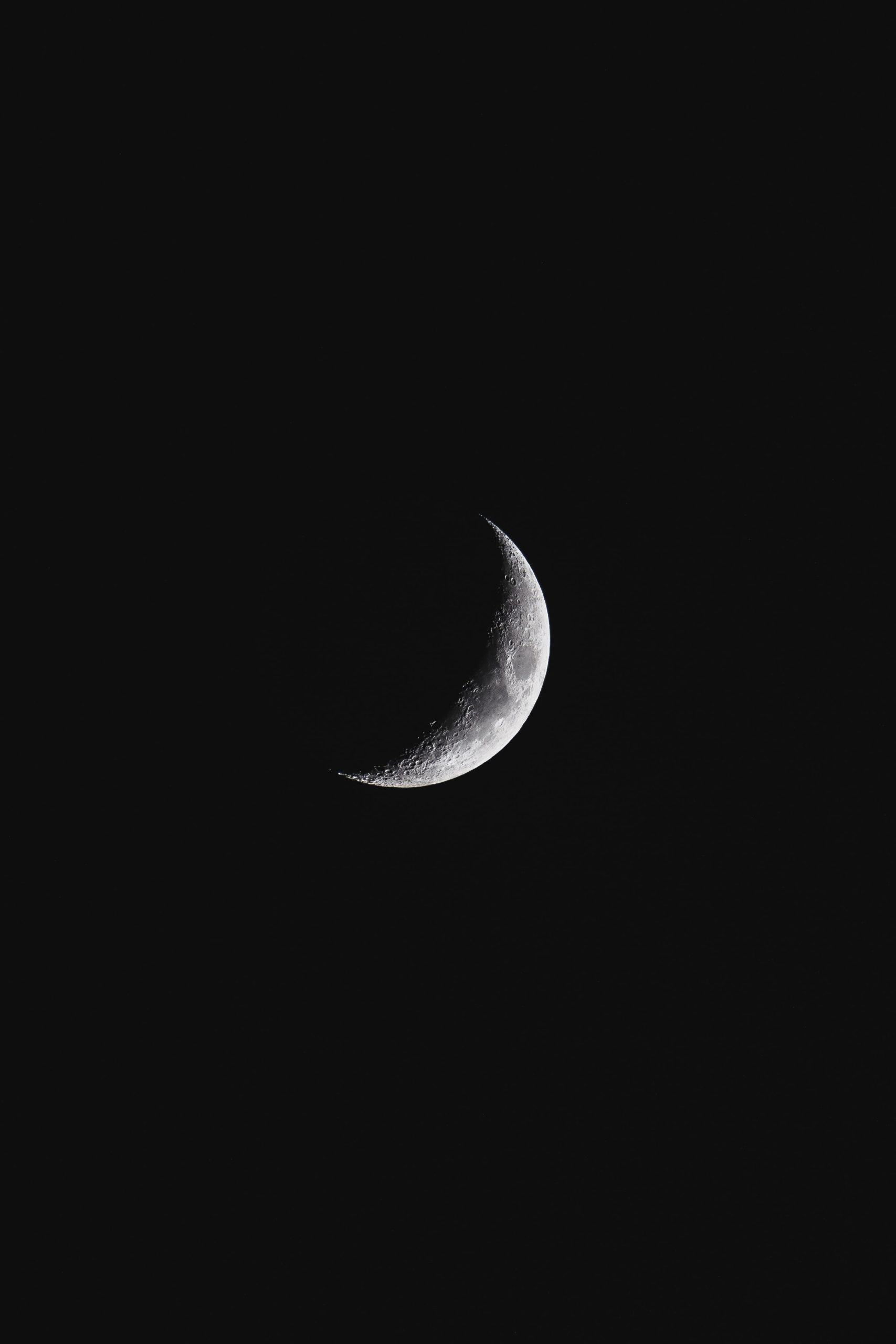Understanding the Waxing Gibbous Moon: Definition, Phases, and Significance
When we gaze up at the night sky, it’s impossible not to be captivated by the mesmerizing beauty of the moon. Its various phases, from a thin crescent to a full circle, have intrigued humanity for centuries. One of these phases, known as the waxing gibbous moon, is a key transitional stage that marks the progression towards a full moon. In this blog post, we will closely examine the definition, appearance, significance, and scientific aspects of the waxing gibbous moon.
Defining the Waxing Gibbous Moon
The waxing gibbous moon is an intermediary phase between the first quarter moon and the full moon. It occurs when the moon is more than half illuminated but not yet fully illuminated. The term “waxing” refers to the moon’s illumination increasing, while “gibbous” indicates that the moon is greater than a semicircle but less than a full circle.
To better understand this phase, let’s delve into the moon’s different stages. The lunar cycle begins with the new moon, where the moon is not visible from Earth. As the moon moves away from this phase, it slowly becomes visible as a crescent. The first quarter moon, also referred to as a half moon, marks the completion of a quarter of the lunar cycle. Following this, the waxing gibbous phase emerges until the moon reaches its full illumination.
During the waxing gibbous phase, the moon appears larger and brighter than in earlier stages. While not as dazzling as a full moon, it still exhibits an impressive luminosity that makes it stand out amidst the night sky. The visibility of the waxing gibbous moon varies depending on atmospheric conditions, geographical location, and the phase’s timing within the lunar cycle.
Identifying the Waxing Gibbous Moon
Recognizing the waxing gibbous moon requires some knowledge of its appearance. As mentioned earlier, this phase is characterized by the moon being more than half illuminated. However, it is important to note that the waxing gibbous moon can exhibit slight variations in shape and brightness as it progresses towards fullness.
When observing the waxing gibbous moon, you may notice that one side is mostly illuminated while the other remains shrouded in darkness. This asymmetry occurs due to the moon’s orbit around the Earth and its angle in relation to the sun. The illuminated portion gradually expands until it reaches the full moon phase.
Additionally, the waxing gibbous moon’s elevation and timing in the sky play a significant role in its visibility. It is often visible during the afternoon and evening hours, rising in the eastern sky and setting in the western sky at a later time compared to the first quarter moon. The moon’s brightness during the waxing gibbous phase can make it easily observable even in areas with some degree of light pollution.
Scientific Significance of the Waxing Gibbous Moon
While the waxing gibbous moon is undoubtedly a beautiful sight to behold, it also holds scientific importance. From a celestial perspective, understanding the moon’s different phases helps astronomers and scientists monitor its cycles, track its trajectory, and unravel the mysteries of the universe.
Furthermore, the waxing gibbous moon affects several natural phenomena on Earth. For instance, its gravitational pull, although not as strong as during the full moon, still influences tides, albeit to a lesser extent. Additionally, the moon’s phases are closely tied to the circadian rhythms of many animals, including humans, and can impact behaviors, such as mating or hunting patterns.
From an agricultural perspective, the waxing gibbous phase plays a vital role in determining the optimal time for certain farming activities. Historically, farmers relied on the lunar calendar to guide planting, harvesting, and other agricultural tasks. While the scientific basis for such practices is still debated, some argue that the moon’s influence on water content in soil and the abundance of light can affect crop growth.
Conclusion
As our celestial companion, the moon continues to awe and inspire us with its ever-changing phases. The waxing gibbous moon, a transitional stage towards full illumination, represents an intriguing phase within the lunar cycle. Its unique appearance and scientific significance make it a fascinating subject of study and observation. So, the next time you spot the waxing gibbous moon gracing the night sky, take a moment to appreciate its splendor and the wonders it unveils.
Table of Contents
